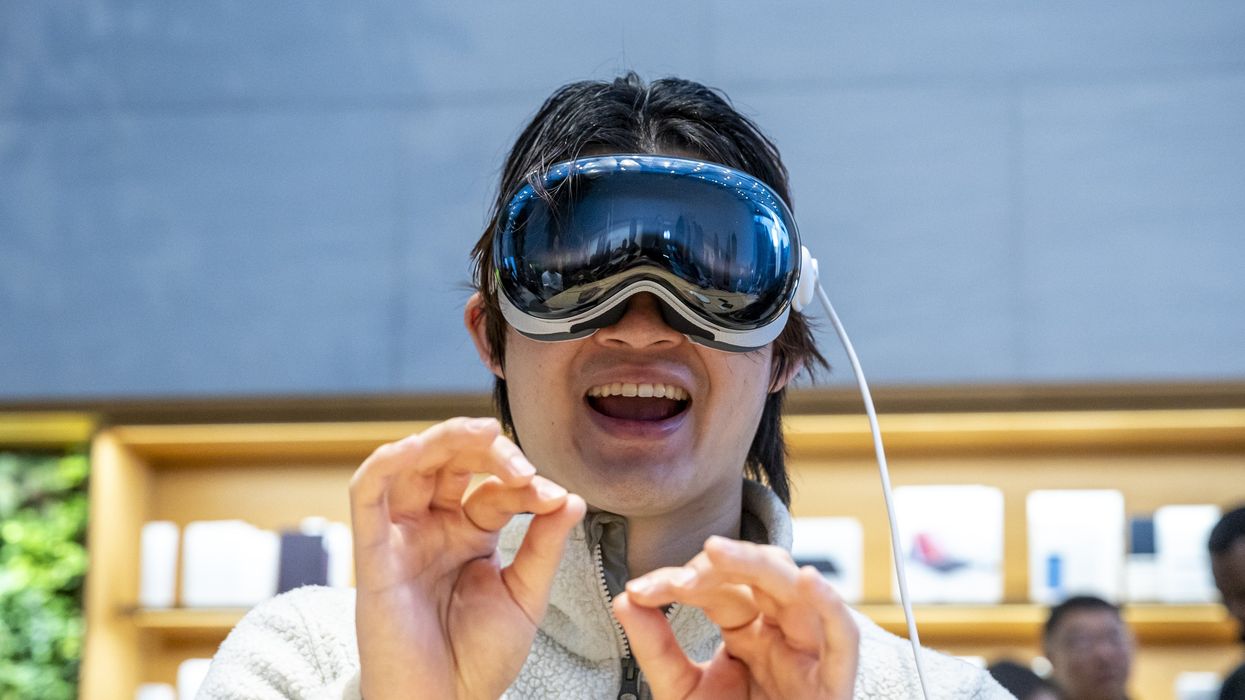
David Paul Morris/Bloomberg via Getty Images

A group of Stanford researchers found that frequent users of "passthrough video" and "mixed reality" headsets can often induce sickness, hinder depth perception, and cause social issues.
The researchers, who described themselves as "headset veterans," said they encountered significant hurdles when using them for "relatively short periods of use."
The 11 researchers spent at least 140 minutes in two or three sessions using Meta's Quest 3 headset, released in 2023. As SCNR reported, the participants engaged in normal activities like conversations, walking outside, cooking, and eating. All headset users also had a chaperone living in normal reality, for safety reasons.
"We took an observational approach, more akin to naturalists, and really dove into the medium in an exploratory way," said James Brown, a co-author of the study.
In their press release, depth perception and distances to objects appeared to be the most challenging for the headset users. Movements such as high fives or bringing a spoon to one's mouth proved difficult, even when the spoon appeared to have reached the user's lips.
"Even though the world you are looking at is real, it certainly has a video-game-like ‘otherness’ to it," Brown noted.
While the researchers soon learned to account for the distances, they were concerned that the overcompensations could cause lasting effects after prolonged headset-wearing.
"The companies making these headsets want you to wear them all day, but what are the aftereffects and how long do they last?" said Jeremy Bailenson, a Stanford professor. "A plausible scenario could be walking down a flight of stairs and you miss a step, or driving a car and you misjudge distances."
The visual aftereffects, according to the study, included lapses in judgments of distance, simulator sickness, and interference with "social connection," also called "social absence."
The social issues included inability to discern distant facial expressions and the simple fact that users can become absent from their surroundings.
"People in the outside world became very absent, as if we were watching them on TV," Bailenson added. "The person walking or cycling by or sitting near you didn’t feel physically real."
Despite this, the study admitted that the technology is improving with every new headset, although it still falls short of a human's visual capabilities. Slower, grainier, and distorted were words used to describe some of the experiences, which sometimes cut off a large portion of a user's field of view.
Like Blaze News? Bypass the censors, sign up for our newsletters, and get stories like this direct to your inbox. Sign up here!
Andrew Chapados